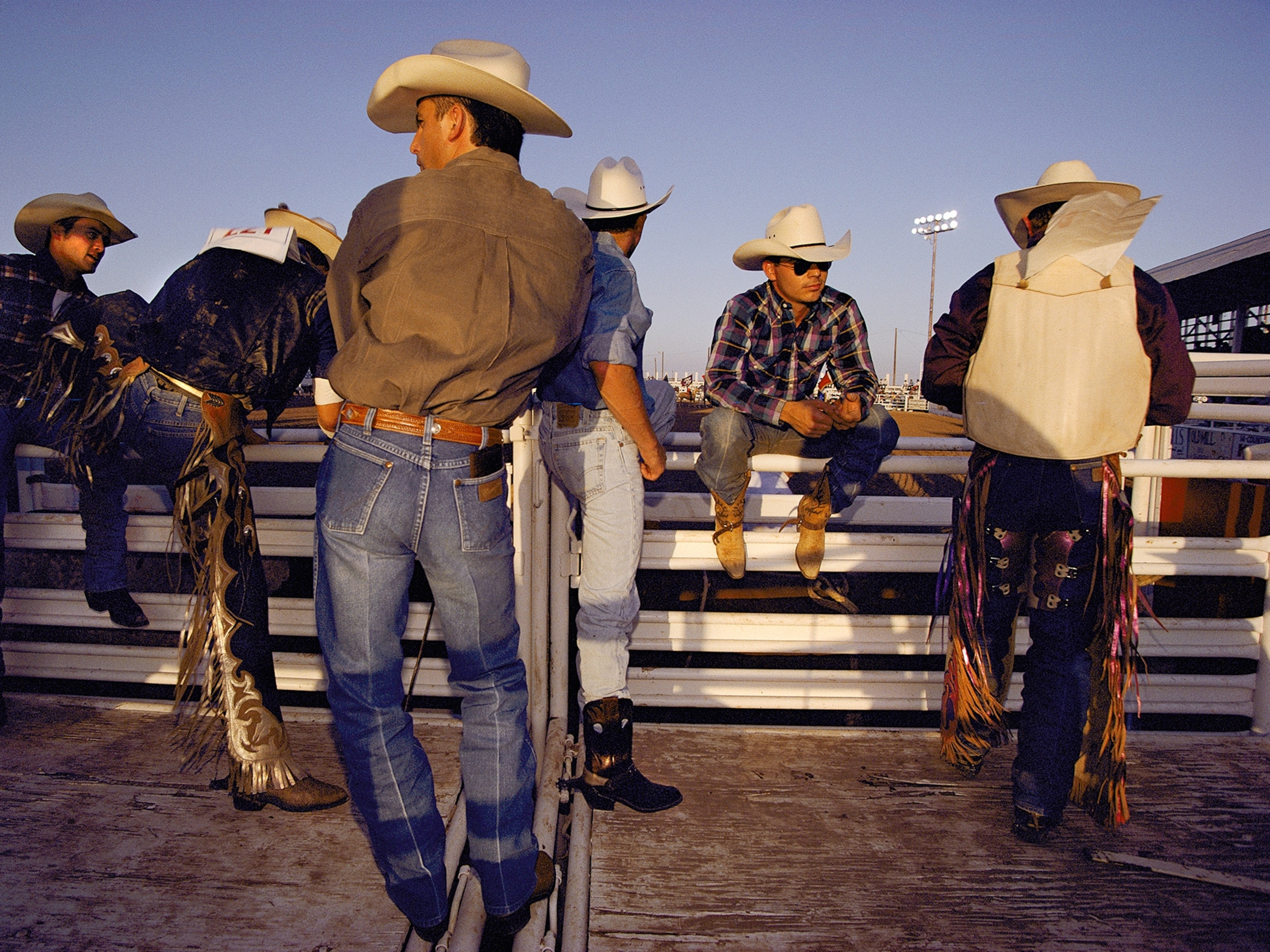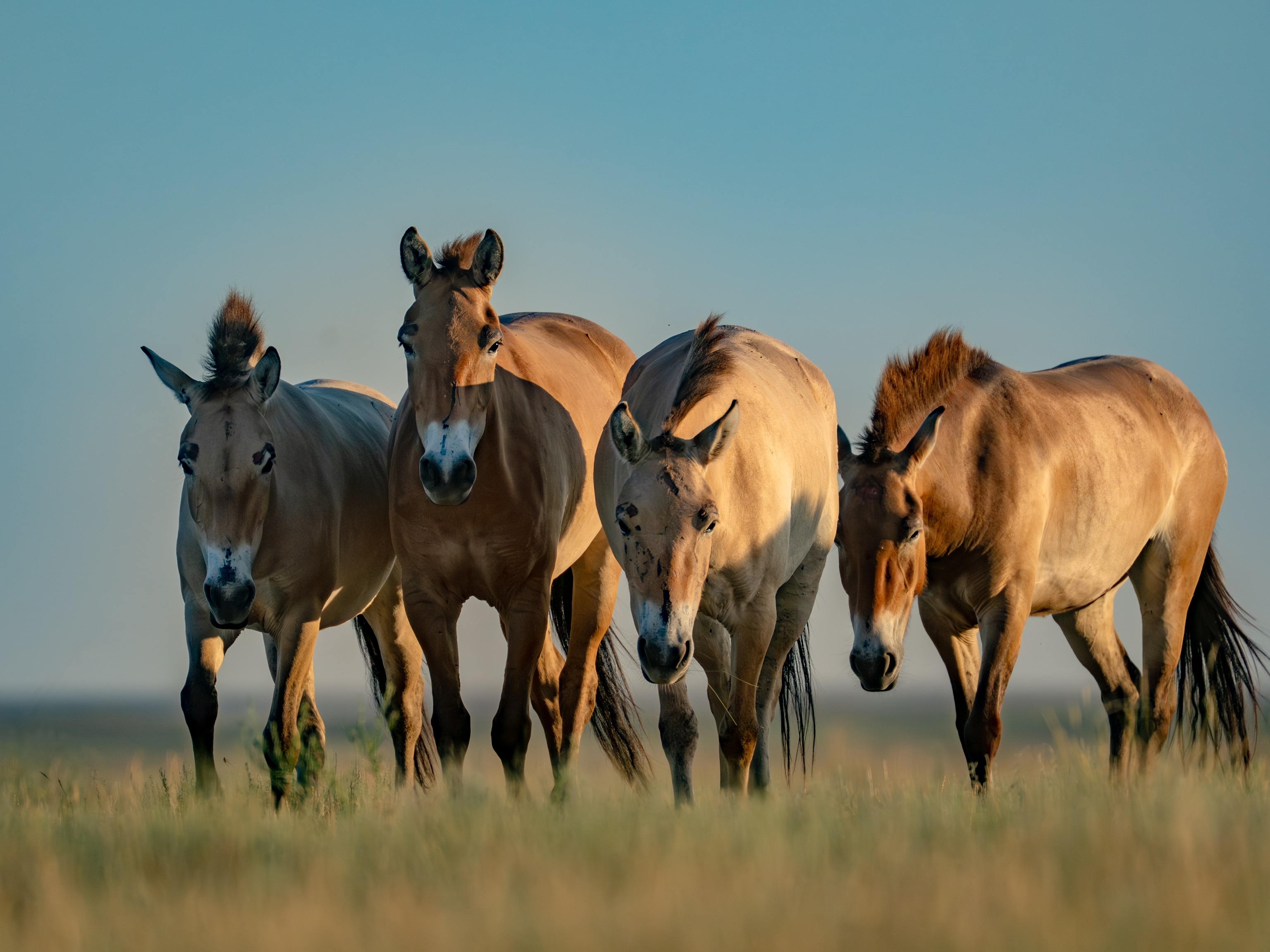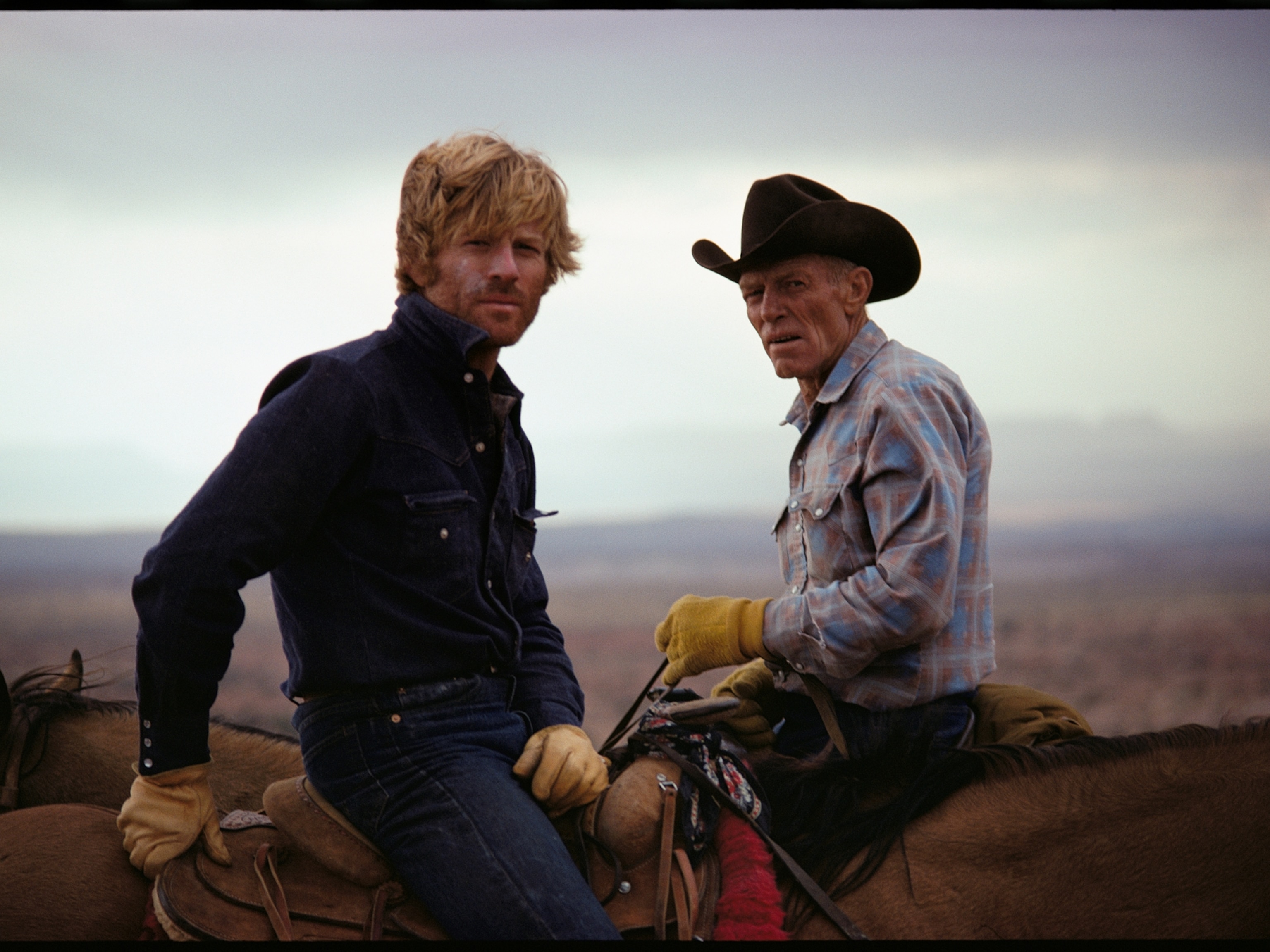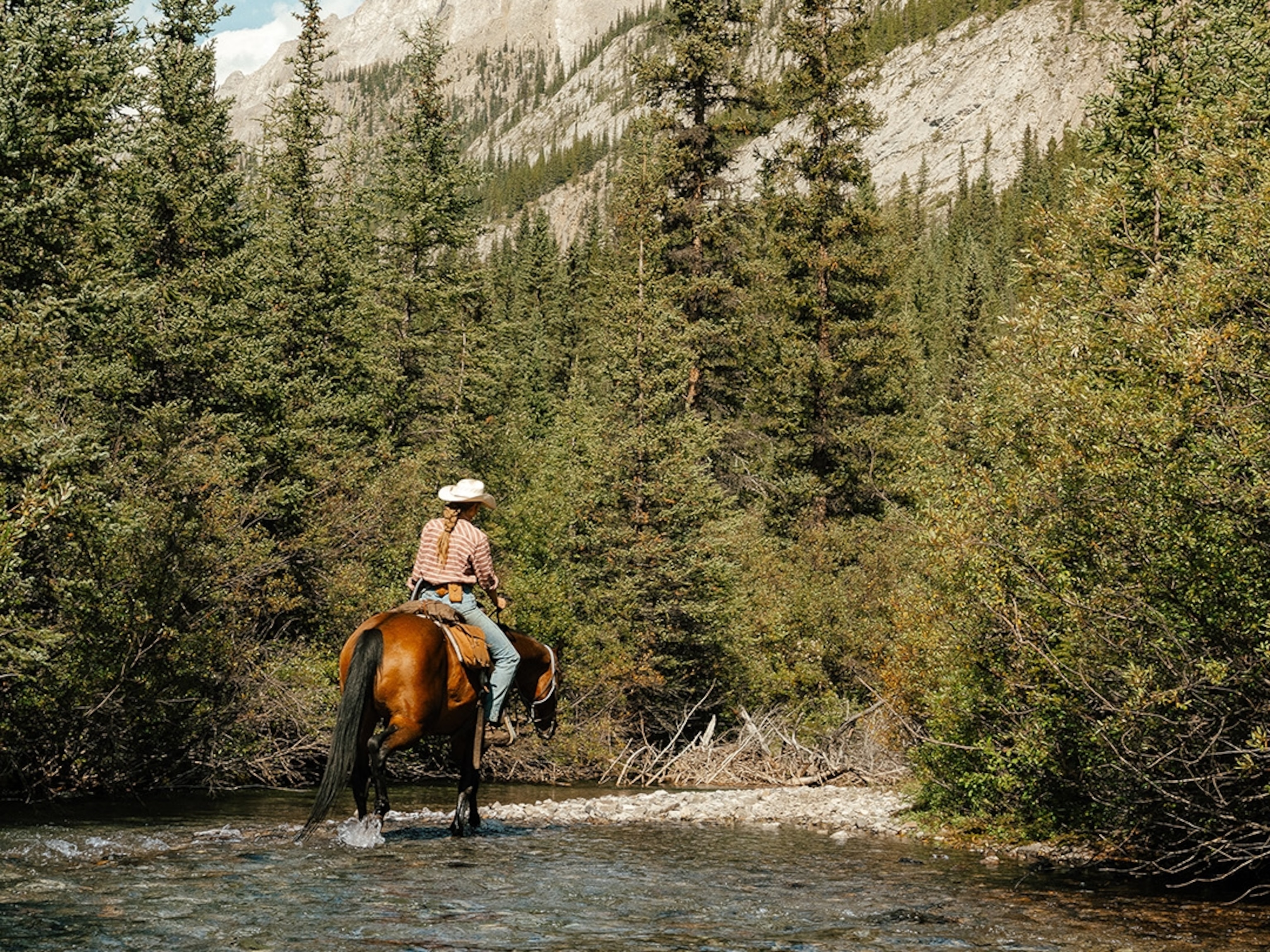
Do Big Animals Always Sleep Standing Up?
Most large land herbivores can doze off on their feet, but only experience deep—or REM—sleep lying down.
"How do large animals like cows or buffalo stand up and sleep and not fall over or lay down?"
Mary Jo Tobin Edwards's question gives Weird Animal Question of the Week a chance to lay to rest notions about how some big mammals snooze. (Read "Secrets of Sleep" in National Geographic magazine.)
For starters, the idea that these animals only sleep on their feet isn't right.
Most four-legged land herbivores—cows, moose, rhinos, bison, and horses among them—can doze lightly on their feet, but they have to lie down to sleep deeply.
For instance, "when horses appear to be sleeping standing up, they can either be in a state of drowsiness or what is known as slow-wave sleep, which is not quite as deep as REM [rapid-eye movement] sleep," Amy Johnson, of the University of Pennsylvania School of Veterinary Medicine, says via email.
Even still, for those of us who can't sleep in a crowded airplane, sleeping standing up sounds impossible. So how does it work?
"The legs of horses [and other animals] have what's known as the 'stay apparatus,'" Johnson explains. Their limbs contain tendons and ligaments that allow the animal to remain standing with minimal muscular effort, and thus allow them to stand—and even doze—for long periods.
Sound Sleepers
Herd animals such as bison have another reason for standing a lot: To keep an eye out for danger. (Learn how bug sleep is similar to our own.)
In a bison herd, "not every animal is asleep—or lying down for that matter—at the same time," Murray Woodbury, of the Western College of Veterinary Medicine in Saskatchewan, says by email.
"This allows the awake and/or standing herd members to act as sentinels against predators or other danger."
Surprisingly, some big animals need little shut-eye.
Giraffes can function on as little as five—yes, five—minutes of slumber a day, according to the San Diego Zoo. Both African and Asian elephants don't sleep much more than three hours. (Watch a video of a snoring elephant.)
Rhinoceroses are a little more like us: They sleep about eight hours a day, according to Kruger National Park in South Africa.
Moose Snooze

Vince Crichton, a retired wildlife biologist at Manitoba Conservation and Water Stewardship in Canada, has had firsthand experience with snoozing moose—he once fell asleep beside one.
Crichton had been observing a wild bull's behavior for two days, and when the animal laid down in the forest, Crichton gingerly sat down nearby, "talking moose with him."
After a few hours, Crichton says he was "rudely awakened" by his wife, who asked, "Are both of you going to sleep all afternoon?" (Take National Geographic's Animal Sleep Game.)
Man and moose had both nodded off ... but neither of them on their feet.
Weird Animal Question of the Week answers your questions every Saturday. If you have a question about the weird and wild animal world, tweet me, leave me a note or photo in the comments below, or find me on Facebook.





